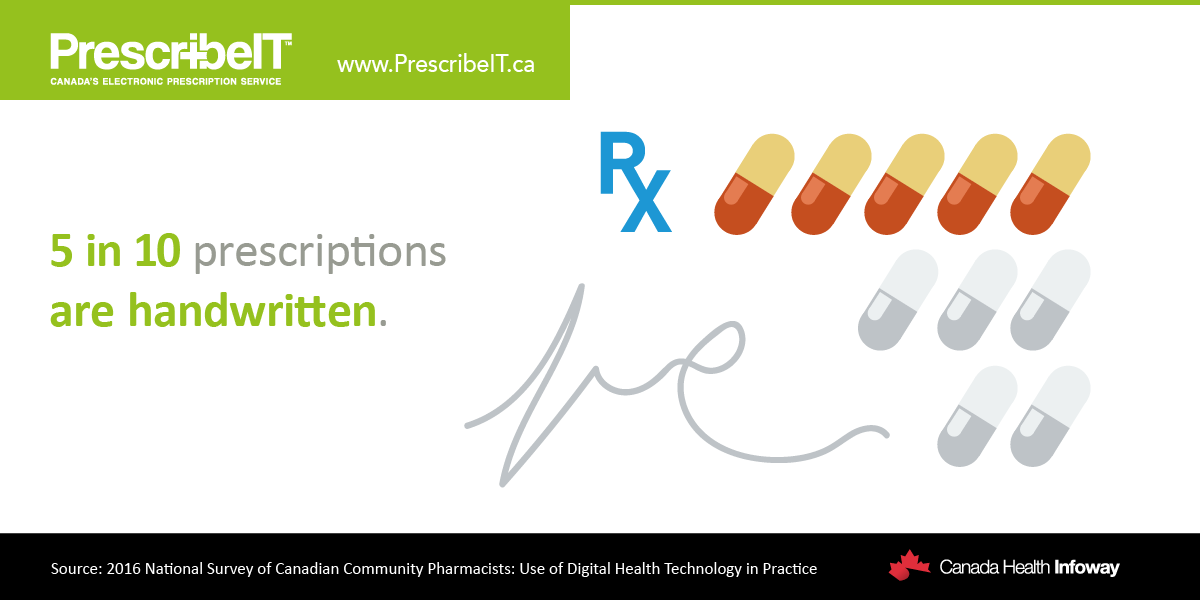 Primary care has been a bit slower to change, and family physicians such as myself are well aware of the challenges.
Primary care has been a bit slower to change, and family physicians such as myself are well aware of the challenges.
Medicine is a profession that requires effective and efficient management of information (data) to provide the best care for patients, and family physicians’ tools are evolving.
In Canada, it took time, but 85 per cent of family physicians now use electronic medical records (EMRs) based on 2017 data. When used appropriately, EMRs are useful tools that provide family physicians with more information at the point of care than we had before. In addition, the advanced use of EMRs creates new opportunities for enhancing the care of our patients (e.g. population health management, continuous quality improvement), and is a key pillar of the College of Family Physicians of Canada’s Patient’s Medical Home.
EMRs have also made it possible to modernize our prescribing processes, laying the foundations for true electronic prescribing, as defined by the Canadian Medical Association and the Canadian Pharmacy Association. Slowly but surely, most doctors have been moving away from handwritten prescriptions to EMR-generated prescriptions.
Now, rather than relying on paper and fax machines, physicians can send their prescriptions securely and electronically to the pharmacy of their patient’s choice, using PrescribeITTM.
PrescribeITTM is a non-commercial electronic prescribing service run by Infoway, with support from Health Canada. PrescribeITTM integrates with physician EMRs and pharmacy management systems (PMS). It enhances team-based communication and patient-centred care, by incorporating a two-way electronic communication feature.
So remember that time when you needed one of your prescriptions clarified by your family doctor, and the pharmacist said that they were still waiting to hear back…a few days later? As the use of PrescribeITTM becomes commonplace, this scenario will not occur as frequently — we will experience less phone and fax ‘tag.’
PrescribeITTM will bring prescribing and prescriber-pharmacy communication into the 21st century, while simultaneously enhancing the security of patient prescription information —electronic transmission reduces the likelihood of prescription fraud.
Most importantly, PrescribeITTM will have a positive impact on patient safety, by reducing the chance of transcription errors and of misinterpreting doctors’ handwriting on paper prescriptions.
Our goal is to integrate PrescribeITTM with all EMRs and pharmacy management systems, and new vendor partnerships emerge on a regular basis.
The PrescribeITTM team has incorporated considerable feedback from family physicians and pharmacists into the service. We are improving the service by listening to the early adopters and other industry stakeholders.
Over the next few months, I will profile physicians already using Canada’s national e-prescribing service, in a blog series called ‘Interview with an e-Prescriber.’ Stay tuned.
In the meantime, if you are a family physician and are interested in the service, please complete the registration form here, and our team will connect with you once PrescribeITTM is available in your region and for your EMR.
Have a comment about this post? We’d love to hear from you.





